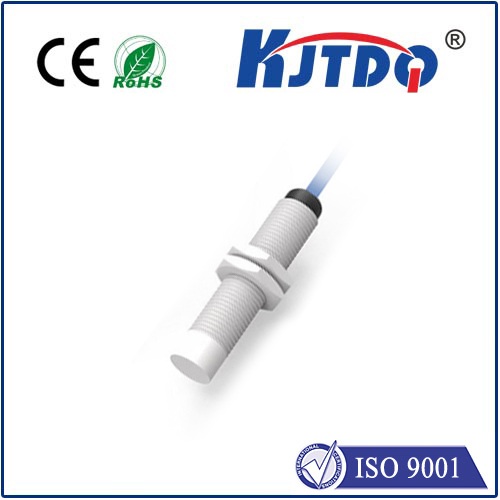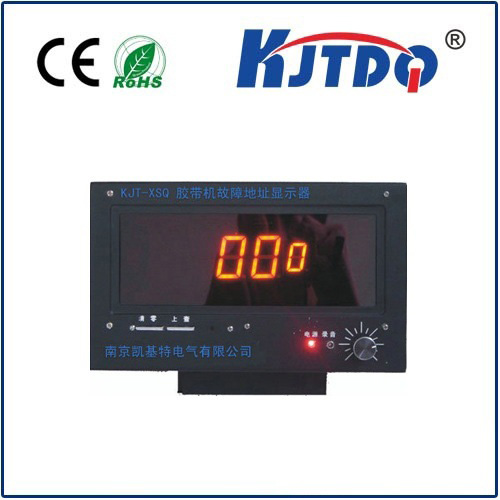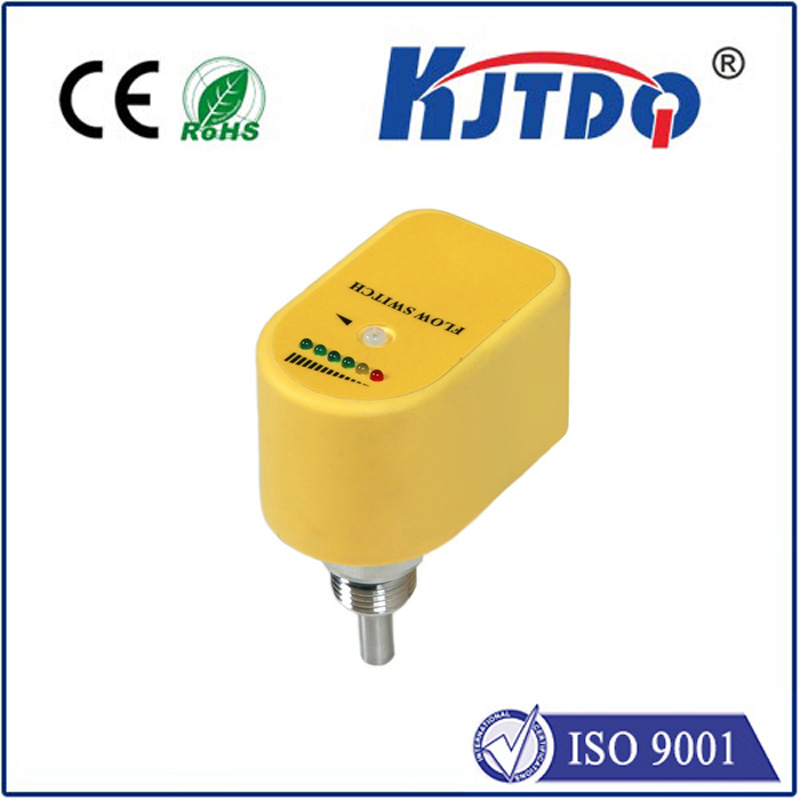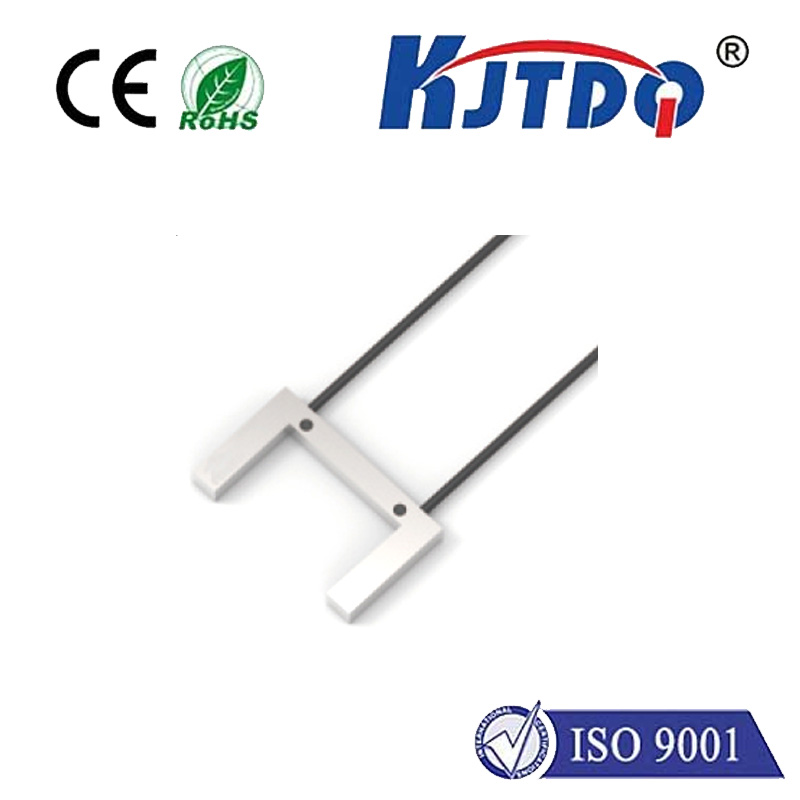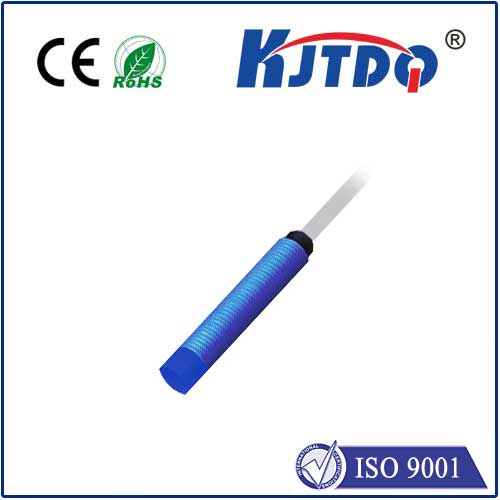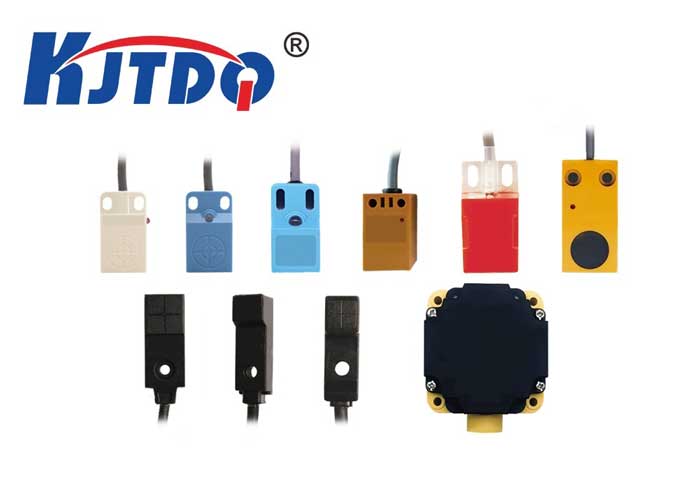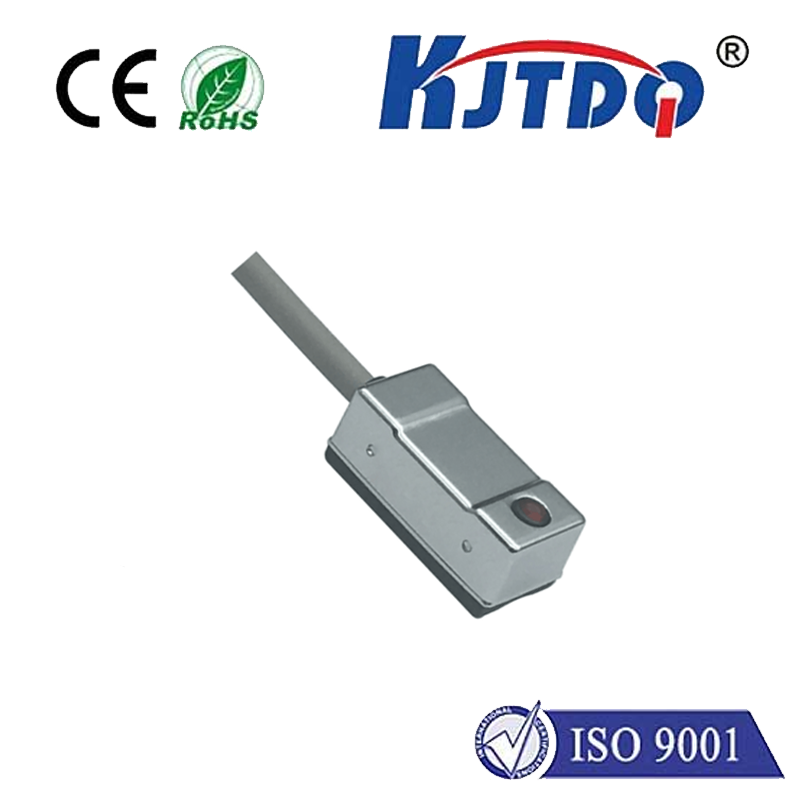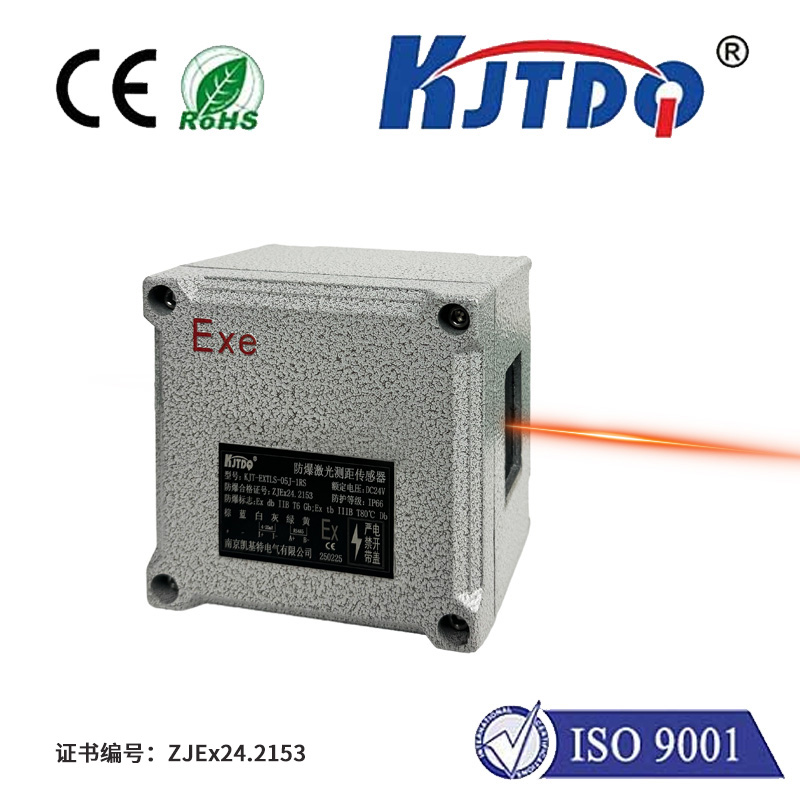proximity sensor analog output
- time:2025-09-09 04:18:19
- Click:0
Beyond On/Off: Unlocking Precision with Proximity Sensor Analog Output
In the world of automation, robotics, and countless industrial processes, proximity sensors are the silent sentinels, detecting the presence or absence of objects without physical contact. While the familiar digital “on/off” signal serves many purposes, a deeper layer of control and insight lies within the often-underutilized proximity sensor analog output. This continuous signal unlocks a world of nuanced measurement and precise control, moving far beyond simple detection. Understanding its function and benefits is key to optimizing systems where granular distance information matters.
The Core Principle: From Presence to Proportion
At its heart, a proximity sensor equipped with an analog output doesn’t just tell you if an object is near; it tells you how close that object is. Unlike its digital counterpart, which snaps to a high or low voltage (like 0V or 10V) at a defined switching point, the analog output provides a continuously varying voltage or current signal directly proportional to the distance between the sensor’s face and the target object. Common output ranges are 0-10V DC or 4-20mA, offering a standardized signal that industrial control systems readily understand.
This continuous signal is derived from the underlying sensing principle, whether it be inductive (detecting conductive metals), capacitive (detecting materials affecting an electric field), ultrasonic (measuring sound wave reflection time), or photoelectric (using light beams). The sensor’s internal electronics carefully measure the change in the sensed field or wave characteristic and convert this change linearly or non-linearly into the corresponding analog voltage or current.
Why Choose Analog Output? Key Advantages Unlocked

The proximity sensor analog output offers distinct advantages in applications demanding more than binary information:
- Continuous Distance Measurement: This is the most significant benefit. The output signal provides a real-time, proportional representation of the gap between sensor and target. This enables tasks like:
- Precise positioning of components or tools (e.g., in robotic assembly arms).
- Monitoring fill levels in tanks or silos where knowing the exact level is crucial.
- Gauging material thickness or dimensional variations during production.
- Controlling actuator positions based on feedback from the distance reading.
- Simplified System Design: Integrating an analog proximity sensor directly into systems requiring proportional control can be simpler and potentially cheaper than using a digital sensor combined with separate measurement devices or complex encoders. The analog signal feeds directly into PLC analog input modules or controllers.
- Enhanced Process Control: By providing a direct measure of distance, analog sensors enable finer, more responsive control loops. Adjustments can be made smoothly based on the rate of change or specific position thresholds within the range, rather than a single on/off point.
- Detection Through Barriers: Certain types, especially capacitive sensors with analog output, can detect material levels or presence through non-metallic containers (like plastic or glass), providing a continuous signal proportional to the material quantity.
Critical Specifications for Analog Performance
When selecting a proximity sensor with analog output, understanding these specifications is paramount:
- Measuring Range: The physical distance over which the sensor provides a reliable analog signal. This is distinct from the switching distance of digital sensors. Ensure your target movement stays within this range.
- Output Type & Range: Specify voltage (e.g., 0-10V) or current (e.g., 4-20mA) and confirm your control system’s input compatibility. The 4-20mA loop is often preferred in noisy environments due to its inherent noise immunity.
- Linearity: How straight is the relationship between distance and output signal over the measuring range? Higher linearity means more accurate distance representation. Look for specifications like “±1% F.S.” (Full Scale) or better for precision applications.
- Repeatability: The sensor’s ability to deliver the same output signal when the target returns to the same position within the measuring range. High repeatability is critical for reliable control.
- Hysteresis: The difference in the output signal when the target approaches the sensor versus when it moves away, measured at the same physical point. Lower hysteresis is generally desirable for more precise measurement.
- Response Time: How quickly the output signal reflects a change in target distance. Vital for high-speed applications.
Where Analog Proximity Output Shines: Real-World Applications
The proximity sensor analog output finds critical use in diverse scenarios demanding continuous measurement:
- Precision Manufacturing: Gauging part diameters, controlling surface grinding depth, monitoring tool wear based on positional drift, aligning components before assembly. Example: An analog inductive sensor monitors the gap between a lathe tool and the workpiece, feeding real-time position data for micron-level accuracy.
- Liquid Level Monitoring: Capacitive sensors with analog output mounted on the outside of non-metallic tanks provide continuous, contactless level readings for fluids or granular solids. Example: Monitoring resin levels in a plastic molding machine tank.
- Material Handling: Monitoring stack heights, controlling web tension on rollers by sensing the loop position, detecting product jams based on accumulated distance deviation. Example: Using an ultrasonic sensor with analog output to precisely control the sheet metal loop entering a press.
- Robotics & Automation: Providing real-time feedback on end-effector position relative to a target object or surface for delicate operations like insertion, dispensing, or inspection. Example: A robot arm equipped with an analog proximity sensor gently picks components from a vibrating feeder tray by precisely locating each part.
- Hydraulic & Pneumatic Systems: Monitoring cylinder rod position for feedback control without the need for bulky external encoders.
Design Considerations for Optimal Analog Performance
To leverage the full potential of a proximity sensor analog output, consider these factors:
- Target Material: The sensor’s response curve can vary significantly based on the material properties (conductivity for inductive, dielectric constant for capacitive, reflectivity for optical/ultrasonic). Calibration using the actual application target is often essential for accurate interpretation of the output signal. Ensure the chosen sensor technology is compatible with your target.
- Calibration & Scaling: The raw analog signal needs to be calibrated and scaled within your PLC or controller to represent actual distance units (mm, inches). Factor in the sensor’s linearity specifications.
- Electrical Noise: Industrial environments are electrically noisy. Shielded cables are highly recommended for voltage outputs (0-10V), especially over longer runs. 4-20mA current loops inherently offer excellent noise immunity and are preferred in challenging EMI environments.
- Power Supply Stability: Ensure a clean, stable power supply for the sensor, as fluctuations can directly affect the accuracy of the analog output.
- Mounting: Consistent sensor mounting and target approach path minimize errors caused by mechanical variations or non-parallelism.
Moving Beyond the Switch: Embracing Continuous Insight
While the simplicity of a digital “detect/not detect” signal fulfills countless needs, the proximity sensor analog output opens a gateway to a higher level of system intelligence and control. By providing a continuous, proportional representation of distance, it enables precise positioning, granular level monitoring, and sophisticated feedback loops that are impossible with simple on/off sensing. Understanding its operating principles, advantages, and critical specifications empowers engineers to select and integrate these sensors effectively, unlocking greater precision, efficiency, and control across a vast spectrum of industrial and automation applications. The nuances of distance are no longer hidden; they become a powerful, measurable asset driving smarter machines and processes.






